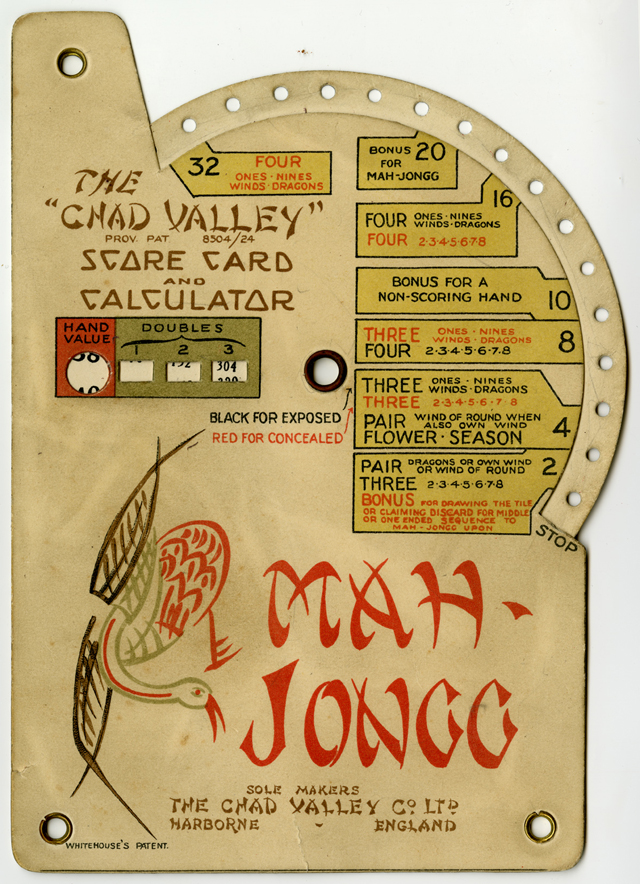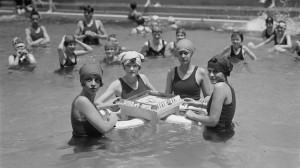I love games. Card games, board games, athletic endeavors, solitaire, puzzles, the works. But I’ve never played mah jongg. And I don’t mean the digital solitaire version, because I’ve definitely played that and it is a poor shadow of the real thing. I know, because I attempted to learn to play mah jongg after a visit to the Contemporary Jewish Museum and I failed. Utterly and completely.
If you come to the museum’s Project Mah Jongg seeking the rules of the game, you will be sorely disappointed. (This CJM offering might be a better resource, or even this.) There are other things to learn, however, and Project Mah Jongg is full of information.

A brief recap of the history of mah jongg in the United States: one Joseph P. Babcock began importing sets from China in the 1920s; the game quickly swept the nation, becoming a fad for all those seeking sophisticated, worldly leisure pursuits; and “crak!” mah jongg was a fixture in the social life of Jewish American women. Today, the game is the basis of a large-scale philanthropic network via the National Mah Jongg League.
The more complicated balance between caricatures and stereotypes, exotic appeal and genuine love for the communal spirit of the game, is carefully and sensitively explored by exhibition sections on the game’s origins, its popularity, its marketing and eventual organized league play. And while the exhibition goes to great efforts to link Jewish and Chinese cultures through a shared history of immigration, assimilation and game-playing, the near-absence of Chinese American voices (or even images of Chinese Americans playing mah jongg) calls attention to the narrowness of the show’s focus.

This traveling exhibition comes to San Francisco from the Museum of Jewish Heritage—A Living Memorial to the Holocaust, New York. The installation is made from red and white modular chipboard furniture, creating the displays for mah jongg-related objects in six double-sided stations. The circular structure rises in a central arching framework, meeting in the middle to form a Star of David, a small and welcome surprise in an otherwise predictable gathering of early to mid-century objects, historical photographs and educational wall text.


